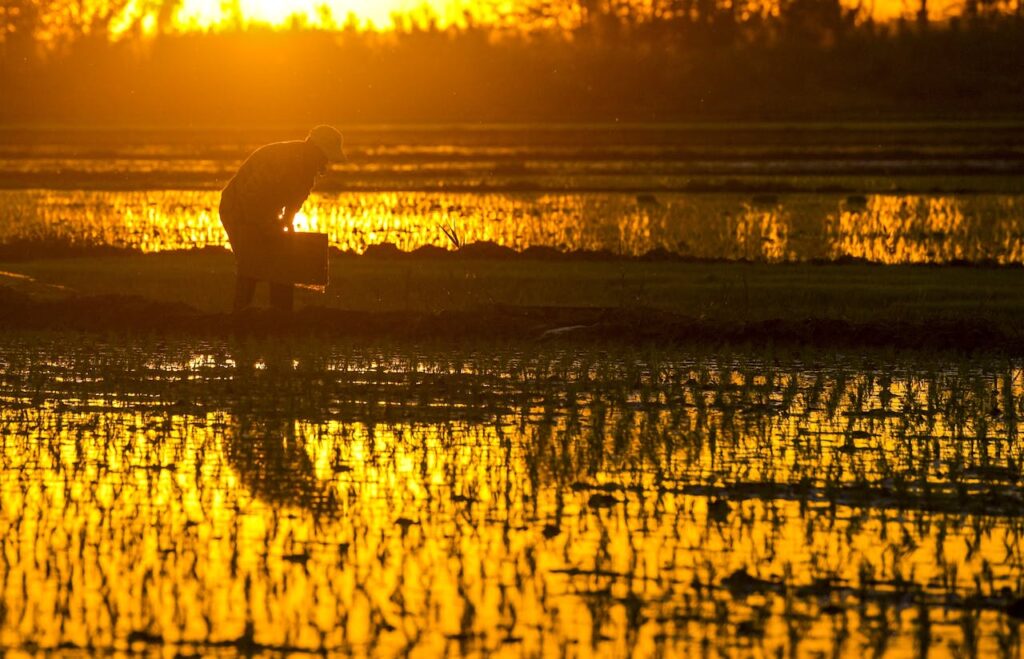Farm life is a treasure trove of photographic opportunities, offering unique settings, natural lighting, and the charm of animals and rural landscapes. Whether you’re an amateur photographer or an aspiring professional, mastering the art of farm photography requires a blend of technical skill and creative vision. Here’s a guide to help you capture the essence of farm life in your photos.
1. Embrace the Golden Hours
The early morning and late afternoon—known as the golden hours—are ideal for photography. The soft, diffused light during these times adds warmth and depth to your images, eliminating harsh shadows. Whether you’re shooting a field bathed in sunlight or a close-up of dew on a leaf, timing your shots during these hours can transform an ordinary photo into a masterpiece.
Pro Tip: Use the “golden ratio” composition rule to position your subjects in the frame for a balanced and natural look.
2. Highlight Authentic Moments
Farm life is rich with candid opportunities. From children playing with animals to farmers at work, capturing these spontaneous moments conveys the soul of rural living. Pay attention to interactions, expressions, and activities that tell a story.
Example: A child feeding chickens or a farmer repairing a wooden fence can make for heartwarming, relatable images.
3. Use the Right Gear
- Camera: A DSLR or mirrorless camera offers flexibility, but a good smartphone can also do wonders.
- Lenses: Opt for wide-angle lenses to capture landscapes and macro lenses for detailed close-ups.
- Tripod: Essential for stable shots, especially in low light.
4. Experiment with Angles and Perspectives
Changing your viewpoint can add drama and uniqueness to your photos.
- Low Angles: Highlight the towering beauty of silos or trees.
- High Angles: Offer a panoramic view of the farm.
- Close-ups: Focus on textures like hay, animal fur, or tractor wheels.
5. Incorporate Colors and Textures
Farm environments are a riot of colors and textures. Contrast the vibrant greens of fields with the rugged browns of soil or the bright yellows of sunflowers against a blue sky. These elements make your images visually compelling.
6. Master Post-Processing
Editing is key to refining your images. Tools like Adobe Lightroom or Snapseed can enhance colors, adjust lighting, and crop for better composition. Just ensure your edits preserve the authenticity of the scene.
Sample Workflow: Photographing a Farm Scene
| Step | Action | Outcome |
|---|---|---|
| Choose Golden Hour | Plan to shoot at 7 AM or 5 PM | Warm, flattering natural light |
| Select Lens | Use a wide-angle lens for the landscape | Capture expansive fields |
| Frame Subject | Position the farmer to the side (rule of thirds) | Balanced composition |
| Adjust Settings | Set ISO to 100, aperture to f/8 | Sharp and noise-free image |
| Post-Process | Enhance contrast, reduce shadows | Polished final photo |

Conclusion
Farm photography is about storytelling—showcasing the harmony between humans, animals, and nature. With the right techniques, gear, and creativity, you can capture the magic of rural life in all its beauty.

I enjoyed reading this article. Thanks for sharing your insights.
wow, thank alot